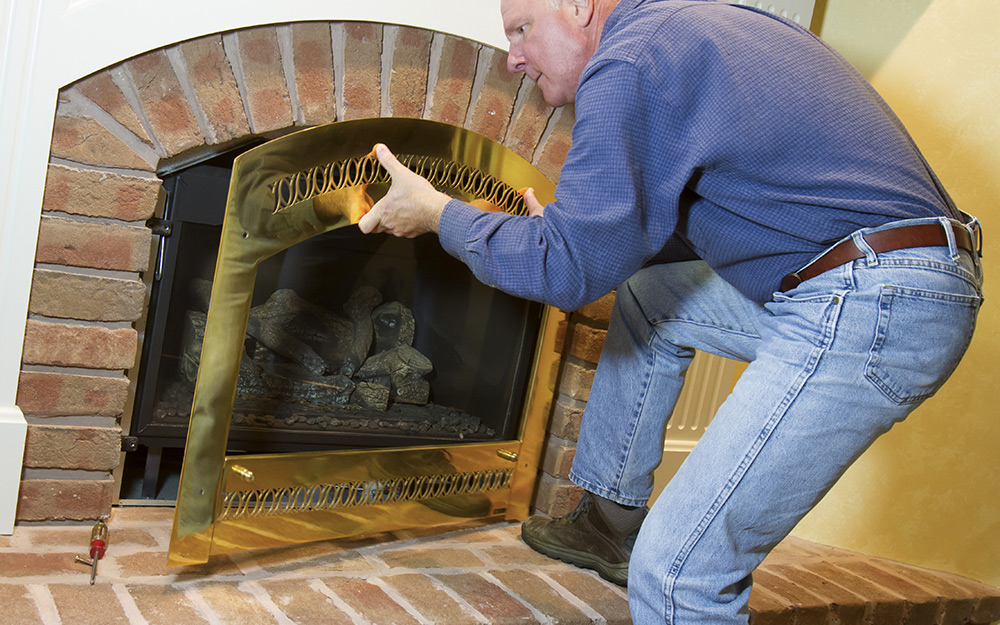Understanding the Art of Chimney Sweep San Jose: Best Practices Unveiled
Wiki Article
Expert Guide to Smokeshaft Cleansing: Everything You Need to Know
Overlooking chimney cleaning can lead to a host of issues, from poor ventilation to security hazards. From the devices required to the step-by-step procedure entailed, an expert guide to smokeshaft cleansing provides a thorough overview of how to keep this essential part of your home operating efficiently.Significance of Smokeshaft Upkeep
Preserving appropriate chimney upkeep is essential for ensuring the safety and efficiency of your home's home heating system. Over time, smokeshafts can gather creosote, a very combustible compound that can lead to chimney fires if not cleansed consistently.Normal smokeshaft maintenance also aids in protecting against obstructions that can obstruct the circulation of air and gases, bring about inadequate ventilation and reduced home heating effectiveness. Additionally, a tidy chimney avoids the buildup of particles and nesting materials from birds and pets, reducing the threat of blockages and making sure proper air movement.
Tools and Product Needed

Step-by-Step Cleansing Refine

The very first step is to prepare the location around the fire place by laying down safety sheets to avoid any type of residue or particles from soiling your home. Next, open the damper to make sure appropriate ventilation during the cleaning procedure.
Utilizing a flashlight, evaluate the chimney for any kind of blockages or build-up. Remove any type of noticeable debris such as nests, leaves, or creosote utilizing a smokeshaft brush or vacuum cleaner especially designed for chimney cleaning.
After removing the debris, it's time to scrub the chimney walls. Attach the brush to extension rods and scrub the walls completely to remove any type of stubborn build-up. Follow up by vacuuming or sweeping the loosened particles.
As soon as the smokeshaft is tidy, check the chimney cap and flue for any damage or signs of wear. Finally, shut the damper and cleanse up the bordering area before testing the fireplace to ensure correct air movement.
Safety Precautions to Adhere To
Make sure that the fire place and chimney are completely awesome prior to beginning any kind of cleansing activities to avoid burns or fires. Consider working with a specialist chimney move for detailed or risky cleansing jobs to guarantee the job is done securely and properly. By adhering to these security precautions, you can minimize threats and preserve a secure setting during the smokeshaft cleaning procedure.Tips for Maintaining a Tidy Chimney
Before launching the chimney cleansing procedure, it is important to include routine upkeep methods to ensure a well-functioning and clean chimney. One tip for preserving a clean smokeshaft is to schedule normal evaluations by a certified smokeshaft move. These assessments can help recognize any possible issues prior to they navigate to this site escalate, saving you time and cash over time. Additionally, melting the right type of wood, such as experienced woods, can help minimize the buildup of creosote in the smokeshaft. Creosote is a very flammable material that can lead to smokeshaft fires otherwise correctly taken care of. Another essential pointer is to set up a smokeshaft cap to avoid debris, pets, and dampness from entering the read review chimney. On a regular basis cleaning the smokeshaft and examining cap can ensure it operates efficiently. Lastly, always deal with ashes correctly and without delay after each usage to prevent the buildup of ash, which can restrict airflow and boost the risk of chimney fires. By following these upkeep suggestions, you can enjoy a tidy and secure smokeshaft throughout the year.Verdict
To conclude, normal smokeshaft cleaning is essential for preserving a effective and secure fire place or heater. By following the step-by-step cleansing process and taking essential security preventative measures, you can ensure that your chimney works appropriately and decreases the danger of fire hazards. Keep in mind to make use of the appropriate devices and materials, and take into consideration looking for specialist aid if required. By staying positive with smokeshaft upkeep, you can take pleasure in a relaxing and cozy atmosphere in your home.Over time, chimneys can accumulate creosote, Website a very combustible material that can lead to smokeshaft fires if not cleaned up routinely. The key devices required for chimney cleaning include a smokeshaft brush, chimney poles, a vacuum cleaner, protective gear such as handwear covers and goggles, a flashlight, and a tough ladder. The smokeshaft brush is critical for getting rid of creosote buildup, while the smokeshaft poles aid in extending the reach of the brush to cleanse the whole chimney length - Chimney Sweep San Jose. By having these tools and materials all set, you can take on smokeshaft cleaning effectively and securely, preserving the appropriate performance of your chimney and ensuring a risk-free atmosphere in your home
Prior to starting the smokeshaft cleaning procedure, it is essential to integrate routine upkeep techniques to make sure a tidy and well-functioning chimney.
Report this wiki page